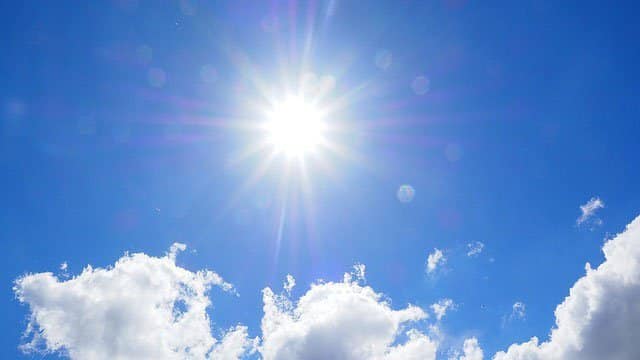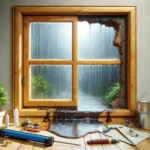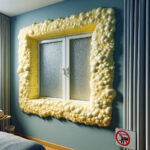A home needs to be isolated from cold weather in winter as much as heat on sunny days, especially when you consider that in Quebec the temperature can reach 40oC. Closing rolling shutter systems or equivalents and aerating systematically in the morning and evening is not always enough to enjoy a cool indoor environment.
It is necessary to undertake some insulation work to benefit from a pleasant environment throughout the year.

Tips for effectively caulking the house against heat.
Caulking the house: a necessity in any season
There is a tendency to think that insulation is only necessary in winter, to protect against the cold. Admittedly, it is essential during the cool season but to enjoy a pleasant atmosphere in summer, well caulking the house against the heat is also a must. This includes a particular focus on areas where heat from outside tends to seep in. These include attics, roofs, windows and other floor structures (loggia, veranda, bay window, etc.), walls and floors. Nothing should be left to chance for a good caulking of the parts.Understanding the concept of phase-shifting
To better caulk the house against the hot air entrance, it is essential to understand the concept of phase shift. An insulator dephases correctly when it retains heat from outside for as long as possible. It then delays the infiltration of heat inwards, providing a pleasant temperature at all times of the day and night. A high-performance insulation offers a phase-out of nearly 8 hours. It is advisable to use eco-friendly insulating materials.Caulking seals and seals
Openings such as doors, windows, floor-to-ceiling windows or roof windows may be subject to specific insulation. In order to prevent heat from entering the house, they can be caulked with silicone, latex, polyurethane or elastomer seals,to be chosen according to the material of the support. The choice of these outdoor sealants must take into account several other parameters for optimal efficiency: elasticity rate, UV resistance, viscosity, shrinkage rate… The professional caulkers of the company Elite Calfeutrage in Laval are experts in the field. They opt for long-lasting quality brands (Sonneborn, Adfast, Mulco’s Supra Expert sealant…) that also withstand bad weather and water infiltration.Which insulation to choose from for heat?
Above all, it should be noted that the most interesting materials are those with the lowest thermal conductivity. There are different categories:- synthetic insulators (polyurethane foam, expanded polystyrene…)
- ecological natural fibres (wool, hemp, flax, cork, cellulose cotton wool…)
- fine insulators (low door film, sealant)
- wood fibre (13), this material being the most effective because it displays the most interesting phase-shift index
- cellulose cotton wool (18)
- polyurethane (28)
- hemp and flax (42)
- rock wool and glass wool (63)
- cotton wool (74)
- sheep’s wool (75)



